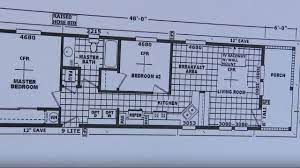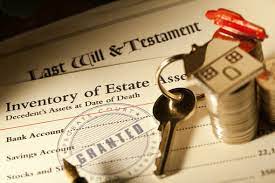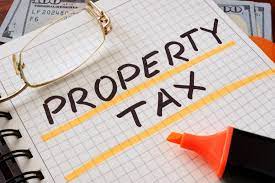Bricks and Mortar May Be the Thing of the Past

Traditionally, investing in real estate has been synonymous with buying physical properties. Being a property owner might seem too hefty an investment, with the required responsibilities and capital. However, the modern investment landscape offers numerous avenues for individuals to dive into the real estate sector without buying a home. This article explores various investment strategies in the booming real estate market without purchasing a physical property.
1. Real Estate Investment Trusts (REITs)
Overview
REITs finance or own income-producing real estate in different property sectors. On the stock exchange, investors can buy shares of REITs, just like any other company stock, offering a way to invest in real estate without owning a property.
Benefits
-Liquidity: Easy to buy and sell compared to physical properties.
-Diversification: Offers investment in various real estate sectors such as retail, residential, and commercial.
-Dividend Yield: Typically provide high dividend yields.
2. Real Estate Crowdfunding
Overview
Crowdfunding platforms invest in real estate projects, allowing multiple investors to pool their funds. This way, even with a smaller capital, one can have a stake in a potentially high-return investment.
Benefits
-Access to Exclusive Deals: Platforms often source exclusive property deals.
-Lower Capital Requirement: Enables investment in real estate with less capital.
-Professional Management: Projects are managed by experienced real estate professionals.
3. Real Estate Mutual Funds
Overview
Real estate mutual funds invest in stocks of companies in the real estate industry, including property operators and developers.
Benefits
-Managed by Professionals: The funds are managed by experts who analyze and select the best stocks.
-Diversification: Helps spread risk by investing in a portfolio of real estate companies.
-Liquidity: Shares can be redeemed at the market’s close on any business day.
4. Real Estate ETFs
Overview
Similar to mutual funds, Real Estate exchange-traded Funds (ETFs) hold a portfolio of real estate stocks but can be traded like a stock throughout the day.
Benefits
-Lower Costs: Generally have lower expense ratios compared to mutual funds.
-Flexibility: Offers the flexibility to trade throughout the day.
-Diversification: Investors get exposure to a basket of real estate stocks.
5. Peer-to-Peer Lending
Overview
P2P platforms connect individual investors with borrowers looking for loans to finance real estate projects.
Benefits
-High-Interest Rates: Can offer higher returns compared to traditional investments.
-Direct Investment: Allows for direct investment in real estate projects.
-Flexible Terms: Platforms offer loans with various terms and repayment schedules.
Investing in real estate without buying a home is possible and potentially lucrative, with several options catering to different investment styles and risk tolerances. The opportunities are vast and varied, from REITs that allow stock-market-style investment to crowdfunding platforms that enable community-driven project funding. By selecting an investment method that aligns with their financial goals and risk appetite, individuals can successfully navigate the real estate world investment without the responsibilities and capital that come with property ownership. As with all investments, conducting proper research or conferring with a financial advisor is recommended to make informed decisions.







